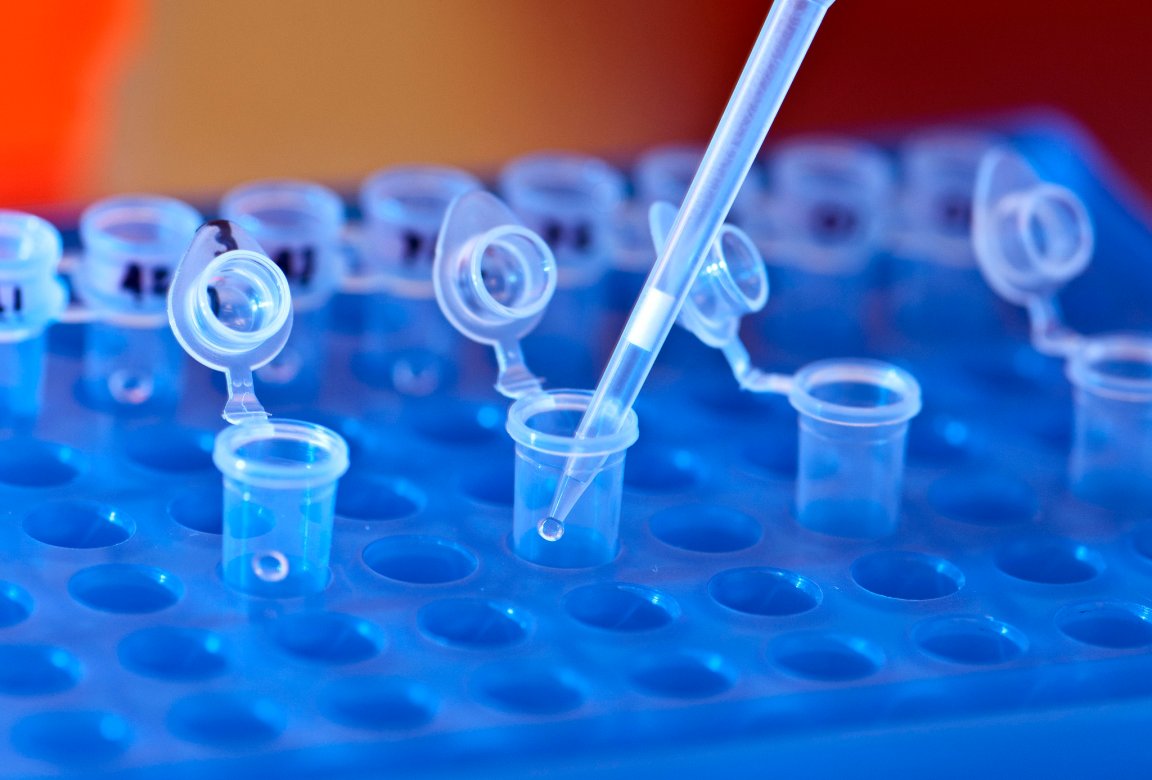
We All Dream to Splice the Genes
The CRISPR//Cas9 gene editing tool has quickly earned a reputation as a revolutionary technology, and its merits support the clout. This year has, in fact, seen so many CRISPR-related breakthroughs that it’s worthwhile to take a step back and take in all of the many accomplishments.
1. This week, circulating reports about the successful application of gene-editing human embryos in the US were confirmed by a research paper published in Nature. The researchers “corrected” one-cell embryo DNA to remove the MYBPC3 gene — known to cause hypertrophic cardiomyopathy (HCM), a heart disease that affects 1 in 500 people.
2. This year, scientists successfully used gene editing to completely extract HIV from a living organism, with repeated success across three different animal models. In addition to the complete removal of the virus DNA, the team also prevented the progress of acute latent infection.
3. Semi-synthetic organisms were developed by breeding E.coli bacteria with an anomalous six-letter genetic code, instead of the normal four-base sequence. Additional gene editing was implemented to ensure that the new DNA molecules were not identified as an invasive presence.
4. The CRISPR method successfully targeted the “command center” of cancer — called the hybrid fusion — which leads to abnormal tumor growths. A “cut-and-paste” method allowed the creation of a cancer-annihilating gene that shrinks tumors in mice carrying human prostate and liver cancer cells.
5. Scientists also slowed the growth of cancerous cells, by targeting Tudor-SN, a key protein in cell division. It’s expected that this technique could also slow the growth of fast-growing cells.
6. Gene editing techniques have also made superbugs kill themselves. By adding antibiotic resistant gene sequences into bacteriophage viruses, self-destructive mechanisms are triggered which protect bacteria.
7. Gene editing may even make mosquito-born diseases an extinct phenomenon. By hacking fertility genes, scientists have gained the ability to limit the spread of mosquitoes — a success they credit to CRISPR’s ability to make multiple genetic code changes simultaneously.
8. Using CRISPR, researchers have edited out Huntington’s disease from mice, pushing the symptomatic progression of the condition into reverse. Experts expect this promising technique to be applied to humans in the near future.
9. Outside of the medical field, CRISPR might also provide a more abundant and sustainable biofuel. By connecting several gene-editing tools, scientists engineered algae that produce twice the biofuel material as wild (or “natural”) counterparts.

10. Very recently, the first-ever “molecular recorder” was developed — a gene editing process that encodes a film directly into DNA code — and with this ability, scientists embedded information into an E.coli genome.
11. Last but not least, and on the macro-scale, the US Defense Advanced Research Projects Agency (DARPA) invested $65 million in a project called “safe genes,” designed to improve the accuracy and safety of CRISPR editing techniques. In addition to serving the public interest of avoiding accidental or intentional (cue ominous music) misuse, the seven research teams will remove engineered genes from environments to return them to baseline “natural” levels.